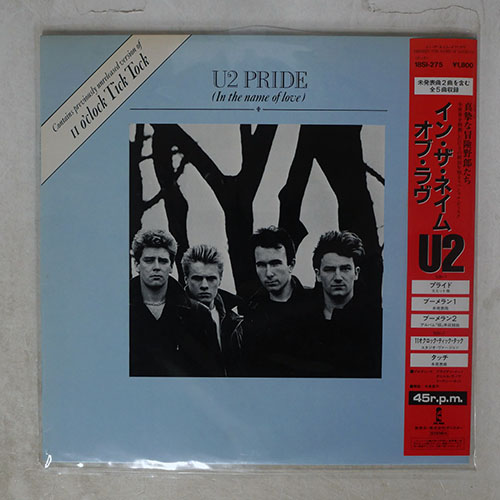
The soundtrack is phenomenal as well and the dialogues are so well written and the synchronization is so amazing. Bringing the head to Magister Julian yields an additional 9000 EXP and some nice (Epic) items, and closes the quest. Killing Lohar grants 5000 EXP, and his corpse has good loot in addition to the head. But you CAN kill him with no negative effects if you do it right. To clarify for anyone looking for the answer to this question: Lohar has a lot of quests, and Beast will leave the party if you kill Lohar in front of him. Casting spirit vision during the fight with Ryker will let you see the souls of his bodyguards, allowing you to instantly kill them by using Source Vampirism. What level should I be to fight Ryker?Īll three quests can be completed together if you are level 13-14. You can still interact with her for relevant conversations and gain extra options through the use of spirit vision after her death.

Should I kill Zanisima the scientist?Ĭan be killed without penalty for 3875 XP. Be sure to complete all the quest you care about before leaving. It’s a whole new act so you can‘t go back to driftwood again.
#LOHSE BLOOD ISLAND ARCHIVEDOS2 HOW TO#
Travel to Bloodmoon island (see the link to find out how to get there). When you first talk to the Advocate, do not opt to immediately kill him! This quest has you clearing a necessary encounter for “The Secrets of Bloodmoon Isle”‘, and if the Advocate dies before this quest is finished, it will never close. How do you get to Bloodmoon island without dying?ĭriftwood has a variety of levels in it, you gotta be careful, you arrive at like level 8 or 9 typically, and the enemies you’ll encounter are typically 8-15, so if you find an area that you can’t do yet, just come back in a few levels.Every May, the Robinson Rancheria Pomo Indians in Clear Lake County hold a sunrise ceremony and other events to remember those killed at Bloody Island. “Bloody Island” also known as the “Clear Lake Massacre,” was one of many government-sanctioned slaughters of Native Americans under California’s official policy to exterminate Native Americans. In the words of Captain Nathaniel Lyon, who led the attack, “the island became a perfect slaughtering pen,” as the Indians had no way of escaping soldiers and an onslaught of heavy artillery. Many Pomo fled the ranch to an island, known as Bo-no-po-ti in the Pomo language, where Indians gathered every April for fish spawning season. Bent on revenge, Kelsey’s brother rounded up a posse and began indiscriminately killing Indians. After the murder, Pomo tribe members killed Stone and Kelsey. What is not disputed is that after the lashing, one of the white settlers shot the youth in the head. Another said that the young Pomo man had insulted Kelsey’s wife. One report said he had been sent by his aunt to beg for more wheat. There are different versions of what led to the punishment. One day, Stone gave 100 lashes to a young Pomo man. Those who resisted were whipped and lashed. The two men sexually abused Pomo women and children, including the wife of the local Pomo Chief Augustine. They were known for their brutal mistreatment of their workers, doling out starvation rations of four cups of wheat each day and refusing to allow the Pomo to fish on the land to feed themselves.


The seeds of this bloody conflict can be traced back to 1847 when two white settlers, Charles Stone and Andrew Kelsey, bought a cattle ranch where they kept several hundred local Pomo men as slave laborers. One of the few survivors was a 6-year-old girl named Ni’ka, later known as Lucy Moore, who hid in the bloodied waters and survived by breathing air through a reed. Many women and children were stabbed with bayonets. Cavalry, working in concert with white vigilantes, slaughtered the Indian men, women and children who had taken refuge on an island north of Clear Lake in Clear Lake County.Īs many as 200 Pomo were killed on the island and in the surrounding area. In retaliation, government troops from the U.S. After being enslaved and starved by two white cattle ranchers for more than two years, members of a Pomo Indian tribe rose up and killed their vicious captors.


 0 kommentar(er)
0 kommentar(er)
